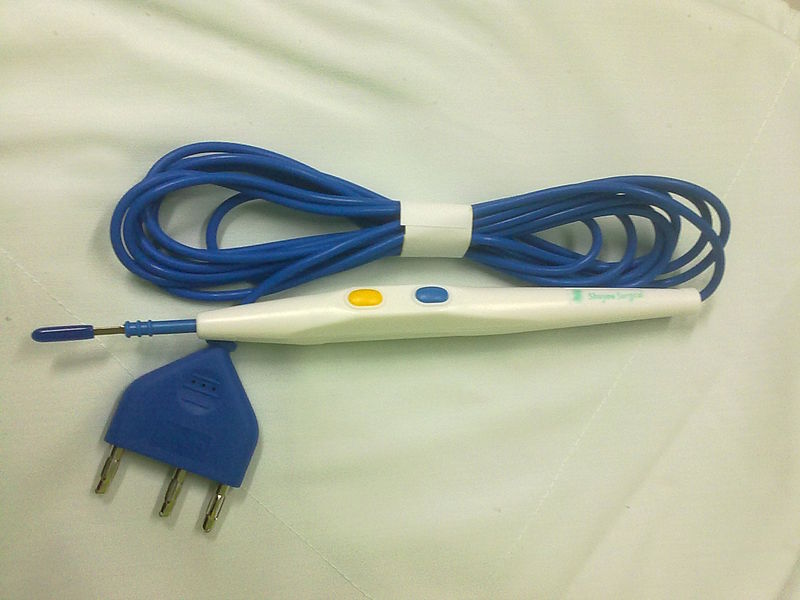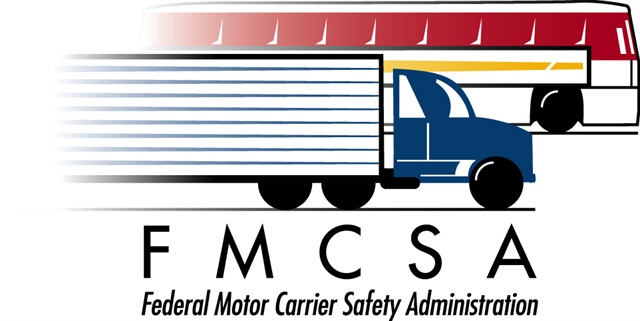 Our Partner New York Car Accident Lawyer Jerry Katz obtained summary judgment on the issue of liability for a plaintiff in this “pedestrian struck by car” accident.
Our Partner New York Car Accident Lawyer Jerry Katz obtained summary judgment on the issue of liability for a plaintiff in this “pedestrian struck by car” accident.
This action arises out of a pedestrian/vehicle accident which occurred on December 22, 2011 at approximately 11:00 p.m. at the intersection of First Avenue and East 68th Street, New York, NY. At that time, the plaintiff, a 76 year old woman, was crossing First Avenue in an eastbound direction with the traffic signal in her favor. There were six lanes of travel on First Avenue proceeding in a northbound direction. The plaintiff was struck by the defendants’ vehicle which was making a left turn from East 68th Street onto First Avenue while she was in the third lane. Therefore, the plaintiff had successfully crossed two lanes of traffic and was nearing the third lane when the defendants’ vehicle, which was making a left-hand turn from East 68th Street onto First Avenue to go north struck the plaintiff. The defendant driver admitted to the police and subsequently in his deposition that although his view of the crosswalk was unobstructed, he did not see the plaintiff until impact, and there was rain and a glare from the road obstructing his vision.
The plaintiff sustained a comminuted fracture of the left olecranon process and proximal ulna; posterior displacement of the proximal major fractured fragment; impacted fracture of the left radial head; joint effusion; extensive peri-articular soft tissue swelling; sub-articular cystic changes of the radial head requiring surgery on December 29, 2011 in the nature of an open reduction and internal fixation of the fracture with the insertion of a T7 reconstruction plate, compression screws, coronoid screw and a long home run screw and surgery on May 16, 2012 for the removal of the hardware from the left upper extremity.
 New York Personal Injury Attorneys Blog
New York Personal Injury Attorneys Blog


 A recent study analysed all Medical Malpractice claims related to fires in the Operating Room that have been filed in the American Society of Anesthesiologists Closed Claims Database since 1985 and found that electrocauterization was responsible for 90% of the claims. The study “
A recent study analysed all Medical Malpractice claims related to fires in the Operating Room that have been filed in the American Society of Anesthesiologists Closed Claims Database since 1985 and found that electrocauterization was responsible for 90% of the claims. The study “ Our Partner
Our Partner  To prevent
To prevent 